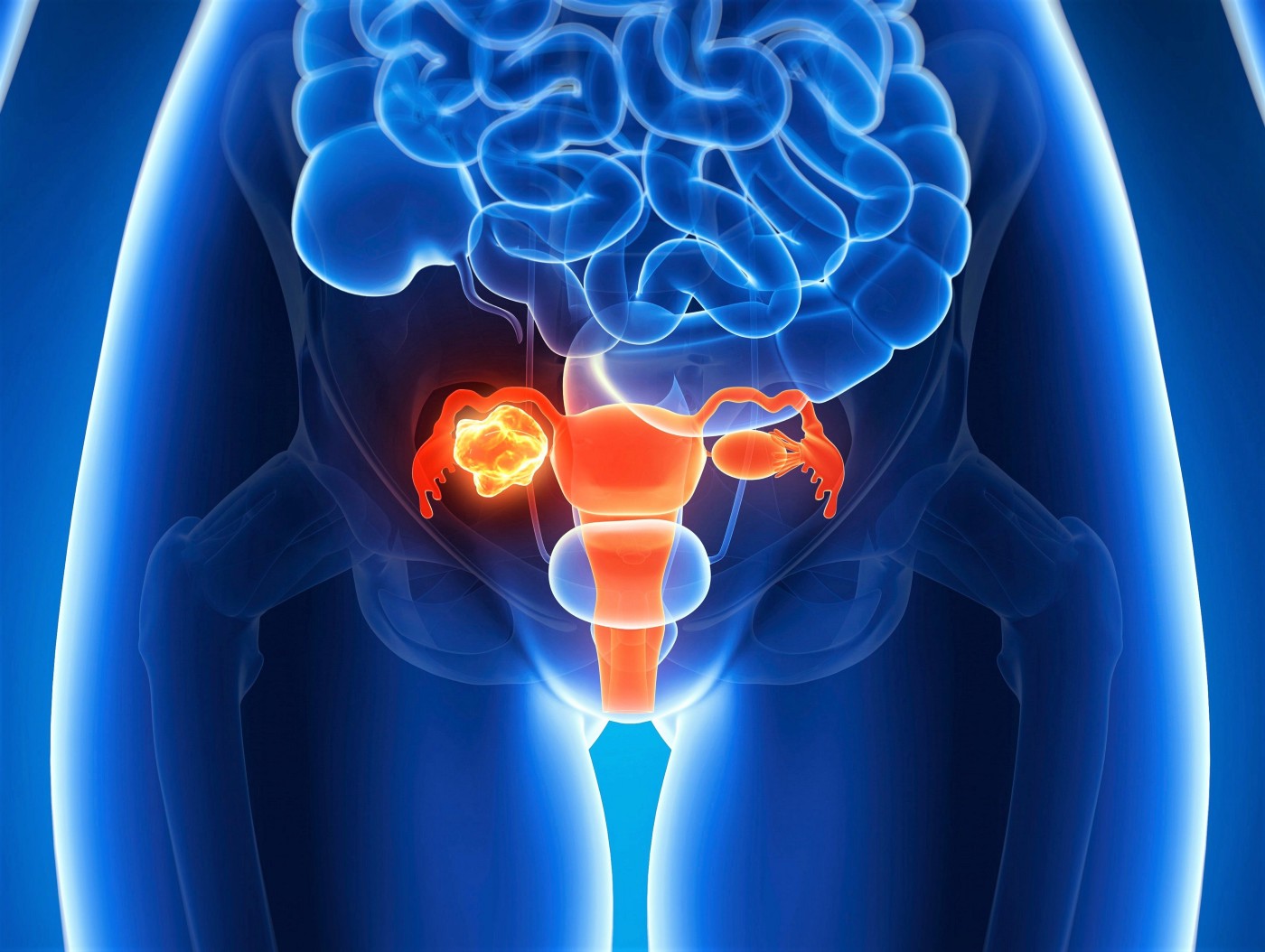On average, the transformation from a precancer to a cancerous tumor takes 2 to 15 years. The subsequent transition from the initial stage of cancer to the final stage lasts 1-2 years.
Cervical cancer is a malignant tumor, which, according to medical statistics, ranks fourth among oncological diseases that occur in women (after cancer of the stomach, skin and mammary glands).
The source of cervical cancer is the normal cells that cover the cervix. More than 600 thousand patients are diagnosed with this tumor annually. Although cervical cancer usually occurs between the ages of 40 and 60, unfortunately, it has recently become much younger.
Causes
As with other cancers, the risk factors for cervical cancer are old age, exposure to radiation and chemical carcinogens.
In addition, scientists have proven that there is a direct link between cervical cancer and human papillomavirus. Human papilloma virus (HPV) is detected in 100% of cancer patients. Moreover, for 70% of cases of cervical cancer, human papillomaviruses 16 and 18 strains are responsible.
Factors provoking the disease:
early onset (before the age of 16) sexual activity;
early pregnancy and early first childbirth (up to 16 years old);
promiscuous sex life;
abortion;
inflammatory diseases of the genital organs;
smoking;
long-term use of hormonal contraceptives;
violation of immunity.
What’s happening?
Usually, a tumor occurs against the background of precancerous conditions, which include: erosion, dysplasia, flat condillomas on the cervix, cicatricial changes after childbirth and abortion, as well as changes in the properties of cervical cells resulting from long-term inflammatory processes. On average, the transformation from a precancer to a cancerous tumor takes 2 to 15 years. The subsequent transition from the initial stage of cancer to the final stage lasts 1-2 years. At first, the tumor damages only the cervix, then gradually begins to germinate the surrounding organs and tissues. During the course of the disease, tumor cells can be transported with the lymph flow to nearby lymph nodes and form new tumor nodes (metastases) there.
How to recognize?
The initial stage of cervical cancer is asymptomatic. Most often, the disease is accidentally detected by a gynecologist during a routine examination of the patient.
However, a woman should be wary if she has a whitish vaginal discharge with a slight admixture of blood. The larger the tumor and the longer it exists, the more likely it is that there will be bleeding from the vagina after intercourse, lifting weights, straining, douching. These symptoms appear when the cervix is already ulcerated with ruptured blood vessels.
Later, as the cancer develops, the nerve plexuses of the small pelvis are compressed, which is accompanied by the appearance of pain in the sacrum, lower back and lower abdomen.
With the progression of cervical cancer, and the spread of the tumor to the pelvic organs, symptoms such as pain in the back, legs, swelling of the legs, urinary and defecation problems appear. Fistulas may develop between the intestines and the vagina.
Diagnostics
Diagnosis of cervical cancer begins in the gynecologist’s office. During the examination: digital examination of the vagina, examination of the cervix with the help of gynecological mirrors and colposcopy (research carried out using a special optical colposcope device), the doctor determines the condition of the cervix, the presence of neoplasms on it. During the study, a biopsy can be performed – taking a tissue sample for subsequent histological examination. If the gynecologist’s suspicion is confirmed, the patient is referred for a consultation with an oncologist.
There is a special test for early detection of cervical cancer. It is recommended to pass it regularly (at least once every 2 years) for every woman after 40 years. Using a small stick, a smear is taken from the cervix, then this smear is stained with a special dye and examined under a microscope. The method is called “cytological examination of a smear from the surface of the cervix”, in English-speaking countries – Papanicolaou test, in the USA – pap smear.
In some cases, your doctor may order an ultrasound scan. CT scans and magnetic resonance imaging of the abdomen and pelvic organs can determine the size and location of the cancerous lesion and determine if local lymph nodes are affected.
Treatment
Treatment for cervical cancer is combined and includes surgery, chemotherapy and radiation therapy. In each case, treatment is prescribed individually, it depends both on the stage of the disease, concomitant diseases, the state of the cervix, and the presence of inflammatory diseases at the present time.
During surgery, a tumor can be removed with part of the cervix, removal of the tumor together with the cervix, and sometimes with the uterus itself. Often, the operation is complemented by the removal of the lymph nodes of the small pelvis (if cancer cells have managed to implant there). The question of removing the ovaries is usually decided individually (at an early stage of cancer in young women, the ovaries can be preserved).
After surgery, if necessary, patients are prescribed radiation therapy. Treatment with ionizing radiation can either complement surgical treatment or be prescribed separately. In the treatment of cervical cancer, chemotherapy, special drugs that stop the growth and division of cancer cells, can be used. Unfortunately, the possibilities of chemotherapy for this disease are severely limited.
The success of cervical cancer https://en.wikipedia.org/wiki/Cervical_cancer treatment depends on the age of the patient, the correct choice of therapy, and, most importantly, on the early diagnosis of the disease. When cervical cancer is detected at an early stage, the prognosis is very favorable and the disease can be cured with surgical methods alone.
